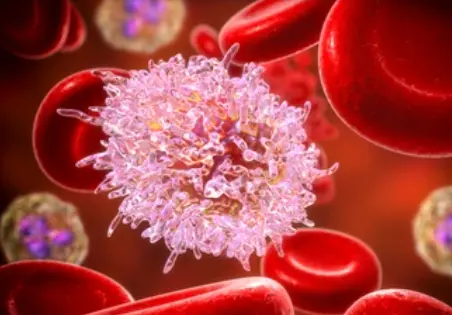 Welcome
Welcome
“May all be happy, may all be healed, may all be at peace and may no one ever suffer."
- A
- B
- C
- D
- E
- F
- G
- H
- I
- J
- K
- L
- M
- N
- O
- P
- Q
- R
- S
- T
- U
- V
- W
- X
- Y
- Z
Seborrheic dermatitis of the scalp - Generics
Seborrheic dermatitis of the scalp is a common skin condition that causes red, scaly patches and dandruff-like flakes on the scalp. It is a chronic, inflammatory disorder that can be caused by a variety of factors, including genetics, stress, hormonal changes, and certain medications.
Symptoms of seborrheic dermatitis of the scalp may include red, greasy patches of skin, yellow or white scales or flakes, itching, and burning or soreness. The condition can also affect other areas of the body, such as the face, ears, and chest.
Treatment for seborrheic dermatitis of the scalp typically involves the use of medicated shampoos or topical treatments, such as:
- Ketoconazole shampoo, which is an antifungal medication that can help reduce inflammation and flaking
- Selenium sulfide shampoo, which can help slow the growth of yeast on the scalp and reduce inflammation
- Coal tar shampoo, which can help slow the growth of skin cells and reduce inflammation
- Topical corticosteroids, which can help reduce inflammation and itching
Other treatments that may be recommended include topical antifungal creams, oral antifungal medications, or phototherapy, which involves exposing the skin to UV light.
It is important to follow the treatment plan recommended by a healthcare provider, as seborrheic dermatitis of the scalp can be a chronic condition that requires ongoing management. In some cases, lifestyle changes such as reducing stress, improving hygiene practices, and avoiding harsh hair products may also help improve symptoms.

Wounds

Allergic rhinitis

Chronic myelogenous leuke...

Hypogonadotropic hypogona...

Chlamydial infections

Vaginitis

Cyanide poisoning

Diabetes mellitus
Seborrheic dermatitis of the scalp, মাথার ত্বকের সেবোরিহাইক ডার্মাটাইটিস
To be happy, beautiful, healthy, wealthy, hale and long-lived stay with DM3S.